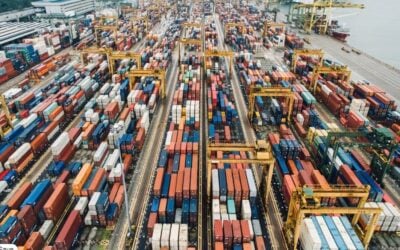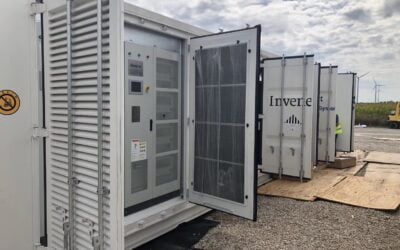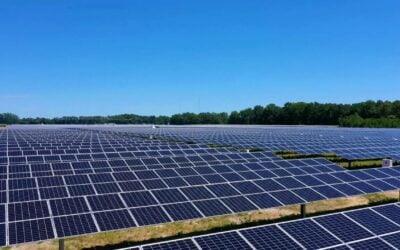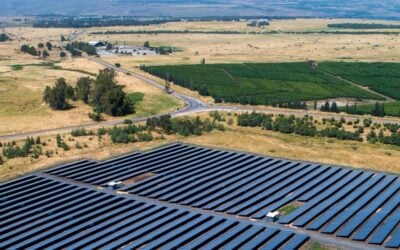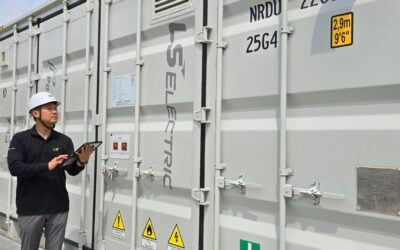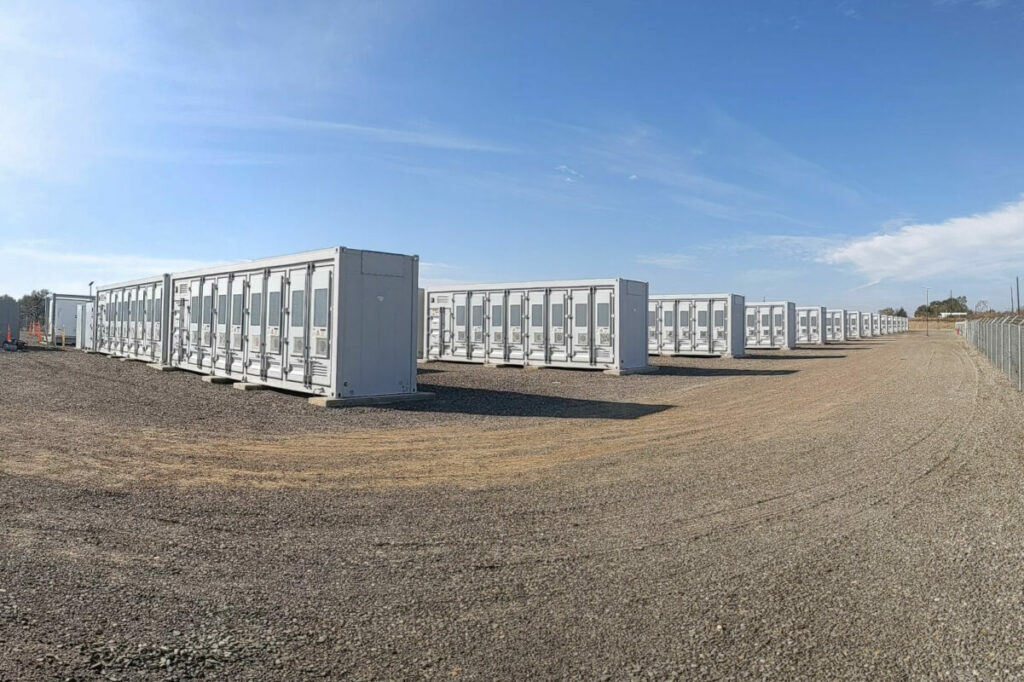
Multinational utility and IPP RWE has completed three co-located battery energy storage system (BESS) projects in the US, totalling 190MW/360MWh, with another 2GWh-plus under construction.
The firm announced the completion of two projects in Texas and one in Arizona yesterday (14 February), as well as a 770MW/2,280MWh pipeline of additional US projects under construction.
Enjoy 12 months of exclusive analysis
- Regular insight and analysis of the industry’s biggest developments
- In-depth interviews with the industry’s leading figures
- Annual digital subscription to the PV Tech Power journal
- Discounts on Solar Media’s portfolio of events, in-person and virtual
Or continue reading this article for free
All three are co-located with solar PV projects. Bright Arrow is a 100MW/200MWh BESS and 300MWac PV project in Sulphur Springs, while Big Star is an 80MW/120MWh system paired with a 200MW PV project in Bastrop County, both in Texas. In Arizona, it has brought online the 10/40MWh BESS, 52.5MWac PV Mesquite 4 project.
The Texas BESS projects will participate in the state’s electricity market, operated by ERCOT, while the PV output will be provided to specific companies (utility NRG Energy for Bright Arrow and an undisclosed company for Big Star).
For Mesquite 4, both the BESS and solar output will be provided to utility Modesto Irrigation District (MID). The project is part of a larger one called Mesquite Complex which now has a solar capacity of 530MWac.
ERCOT is the most active US state for BESS deployments along with California, though could overtake the latter’s roughly 7GW of grid-scale BESS when it hits 9.5GW in October this year (ERCOT’s own forecast). Projects are capitalising on a substantial ancillary service market as well as wholesale energy trading opportunities.
In Arizona, the market has been driven by long-term power purchase agreements (PPAs) or ‘tolling agreements’ where all of a BESS project’s offtake will be secured by a utility on a 10 or 15-year basis. This means projects there are mostly at the larger scale, including a 1GWh system on which Strata Clean Energy started construction last month.
“Battery storage is growing even more critical to enable the rapid deployment of wind and solar projects, help stabilize the U.S. power grid and better ensure that enough electric supply is available to meet demand,” said Andrew Flanagan, CEO of RWE Clean Energy, the firm’s US renewables arm.
BESS industry ‘has bounced back’ after 2022 challenges
Writing an article for the upcoming edition (38) of PV Tech Power, Solar Media’s quarterly journal for the downstream solar and storage industries, RWE Clean Energy’s director of BESS project design Swetha Sundaram detailed how the industry has bounced back after the challenges of 2022.
On a short-term basis this has been driven by BESS prices falling back down to expected trajectories while at the macro level, the Inflation Reduction Act (IRA) and a growing familiarity with its provisions has been the major contributing factor.
Supply chain issues around balance of plant (BOP) equipment are still a major challenge, which Sundaram detailed in the article as well as the latest on grid-interconnection wait times.
Planning is now the name of the game for building projects, Sundaram said: “The BESS market landscape is more competitive than ever. To build projects economically and achieve the target COD, developers need to plan to procure equipment smartly, forge strategic partnerships to secure production volumes for battery systems and take into consideration domestic manufacturing, although it remains to be seen how much of the touted domestic manufacturing will take shape in time to feed the enormous North American battery market.”
Energy-Storage.news’ publisher Solar Media will host the 5th Energy Storage Summit USA, 19-20 March 2024 in Austin, Texas. Featuring a packed programme of panels, presentations and fireside chats from industry leaders focusing on accelerating the market for energy storage across the country. For more information, go to the website.

